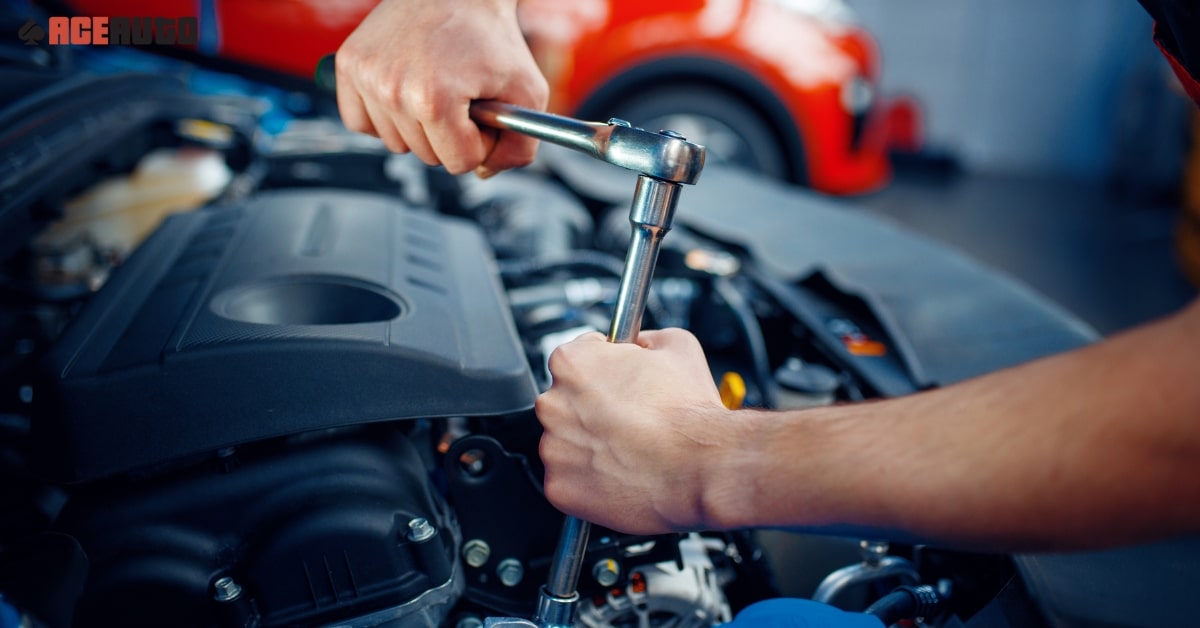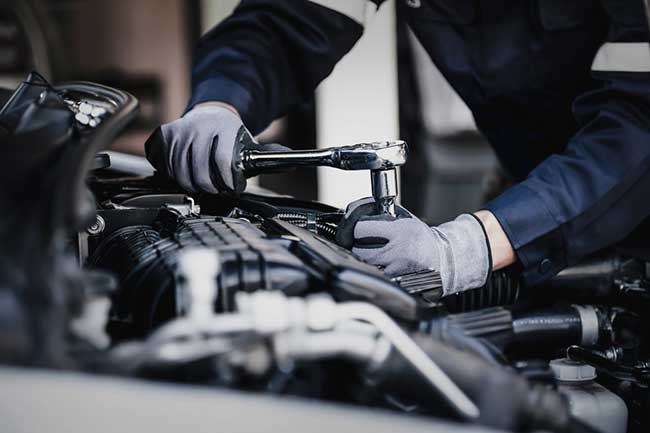Featured

When it comes to vehicle repairs or upgrades, among the most crucial decisions you'll deal with is whether to choose Original Tools Supplier (OEM) parts or aftermarket components. Both options provide unique advantages and drawbacks, so comprehending the distinctions between them is essential for making an informed choice. In this article, we'll discover the advantages and limitations of OEM and aftermarket components to help you choose which is best matched for your vehicle.
What Are OEM Components? OEM parts are generated by the very same producer that made the original elements in your car. These components are developed to fulfill the specific specs of your auto, guaranteeing they are a precise fit and supply the exact same performance as the components that featured the vehicle when it was initial built. OEM components are typically considered the "manufacturing facility criterion" since they come directly from the cars and truck's manufacturer or a certified vendor.

Among the primary benefits of utilizing OEM components is their ensured high quality. Because these components are made to the same standards as the originals, they typically give a perfect fit and dependable efficiency. In addition, many OEM parts include a service warranty, providing you peace of mind that you'll be safeguarded in case of flaws.
What Are Aftermarket Components? Aftermarket components are made by third-party makers that are not affiliated with your car's original producer. These parts are developed to fit a large variety of vehicles and are typically cheaper than OEM components. Aftermarket components can be made use of for regular repairs or upgrades, and they usually use a broader variety of choices compared to OEM components.

Furthermore, aftermarket parts may offer better efficiency or extra features not available in OEM choices. Aftermarket exhaust systems, brake pads, and suspension elements commonly offer improvements in efficiency or aesthetics that may not be found in OEM components.
Benefits of OEM Components. Accuracy and Compatibility: OEM parts are created specifically for your lorry's make and model, ensuring they fit flawlessly and do to the specific requirements required. Guarantee Protection: Several OEM components feature guarantees, providing insurance coverage in case of issues or premature failure. Quality control: Since OEM parts are made by the original maker, they go through the same extensive top quality control requirements as the parts mounted in your car when it was very first built. Resale Value: If you intend to market your automobile, having OEM components can assist keep its resale value, as prospective buyers might be extra curious about a lorry that has been repaired with initial elements. Benefits of Aftermarket Parts. Cost Financial savings: Aftermarket components are normally more economical than OEM parts, which can be a considerable benefit if you get on a budget or want to conserve money on repair services. Selection and Personalization: Aftermarket components give a bigger variety of options, consisting of efficiency upgrades and visual enhancements. If you desire to increase horsepower or enhance your vehicle's look, aftermarket options can supply unique remedies. Availability: Aftermarket parts are frequently easier to find than OEM parts, specifically for older lorries that might no more have readily available OEM components. Efficiency Improvements: Some aftermarket components are made with performance in mind, such as high-performance brakes, air filters, or exhaust systems. These components can enhance your vehicle's total efficiency and driving experience. Downsides of OEM Components. Greater Price: The most substantial downside to OEM parts is their cost. They are typically more costly than aftermarket choices, which can build up rapidly if your vehicle requires several repair services. Restricted Personalization: OEM parts are made to recover your lorry to its original requirements, suggesting they might not supply the exact same array of personalization options as aftermarket components. Availability Problems: Depending upon the age of your automobile, particular OEM parts may be tougher to locate or discontinued, making repair work harder. Downsides of Aftermarket Components. Inconsistent Quality: While lots of aftermarket parts are of high quality, others might be improperly made or do not have the sturdiness of OEM components. It's vital to investigate the producer and review evaluations to make sure the quality of the part you're thinking about. Fitment Troubles: Aftermarket parts are made to fit a vast array of lorries, but they might not constantly offer the ideal fit that OEM components ensure. This can bring about installment concerns or suboptimal performance. No Surefire Warranty: While some aftermarket parts include service warranties, they may not be as thorough or durable as those supplied by OEM parts. Sometimes, utilizing aftermarket parts might also impact your automobile's guarantee protection if it's still active. Exactly how to Make a decision In Between OEM and Aftermarket Parts. The choice between OEM and aftermarket parts ultimately depends upon your specific requirements, preferences, and spending plan. Right here are a couple of considerations to help lead your option:
Budget: If conserving cash is a top priority, aftermarket parts are generally the more budget-friendly alternative. Be aware that more affordable components might not last as long as OEM parts, which might result in greater prices down the roadway. Vehicle Age and Condition: For newer automobiles, particularly those under service warranty, it's typically a great idea to pick OEM components to preserve the cars and truck's integrity and preserve its resale worth. For older cars, aftermarket parts might be a lot more functional, specifically if the lorry is no more under guarantee or if you're attempting to expand its life expectancy with affordable options. Repair Kind: Certain critical repairs, especially those pertaining to security (brakes, airbags, etc), are best managed with OEM parts to ensure the highest degree of security and performance. For non-essential repair services or alterations, aftermarket parts can provide an excellent balance of high quality and affordability. Performance and Customization: If you're trying to find performance upgrades or special modification options, aftermarket parts might be the most effective option. Lots of aftermarket producers layout parts specifically for improving your vehicle's capacities, whether it's for much better efficiency or aesthetics. Final thought. Both OEM and aftermarket parts have their pros and cons, and the ideal selection depends on your details requirements and priorities. OEM parts are optimal for preserving the initial high quality and efficiency of your lorry, while aftermarket parts supply cost financial savings, customization alternatives, and a more comprehensive array of options.
Latest Posts
Explore Brake Repair & More: Full Auto Care Solutions from Montclare Auto Repair
Published en
1 min read
Discover Exclusive Auto Repair Offers in Chicago at Montclare Auto Repair
Published en
1 min read
Learn About Leading Car Repair Care offered by Montclare Auto Repair – Quality Service Today
Published en
1 min read
More
Latest Posts
Explore Brake Repair & More: Full Auto Care Solutions from Montclare Auto Repair
Published May 27, 25
1 min read
Discover Exclusive Auto Repair Offers in Chicago at Montclare Auto Repair
Published May 26, 25
1 min read
Learn About Leading Car Repair Care offered by Montclare Auto Repair – Quality Service Today
Published May 23, 25
1 min read